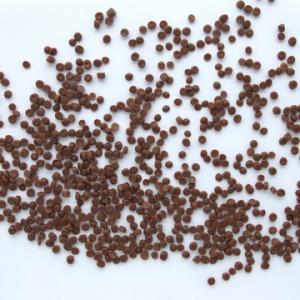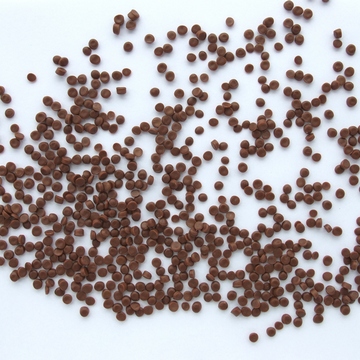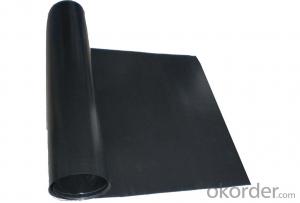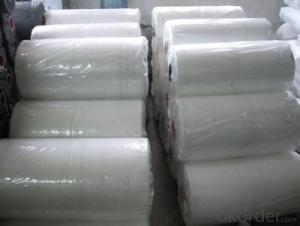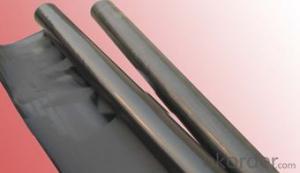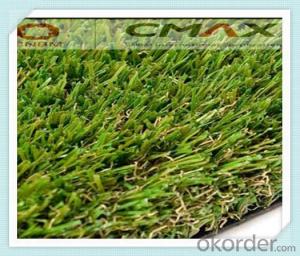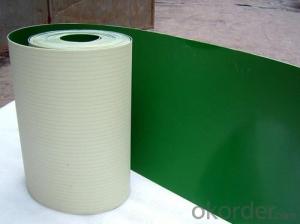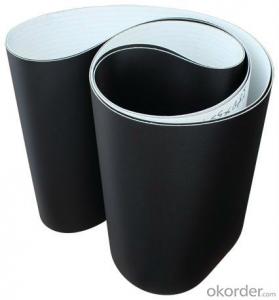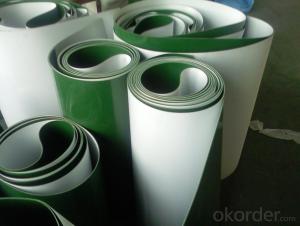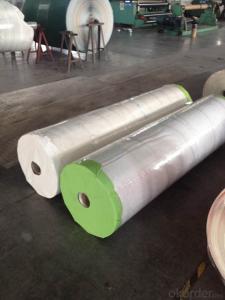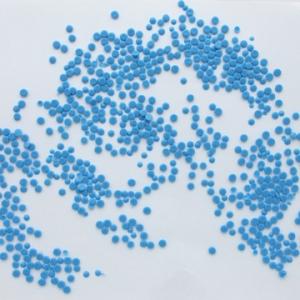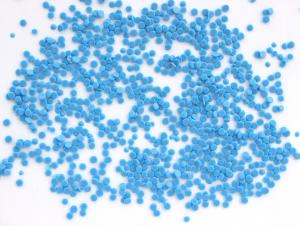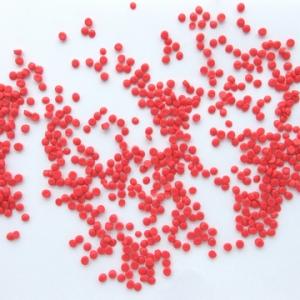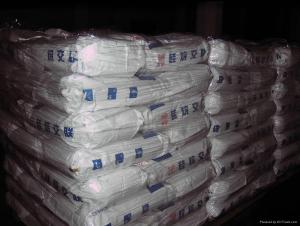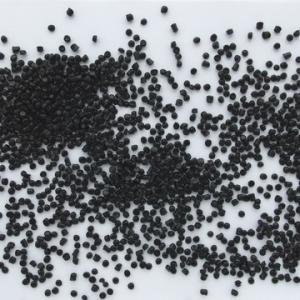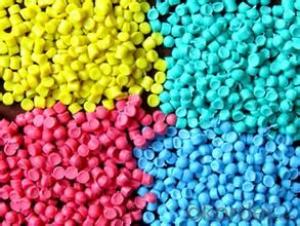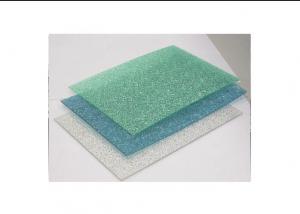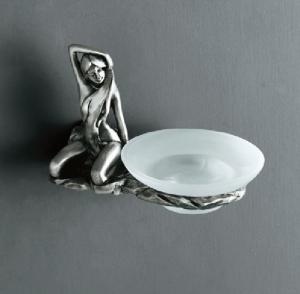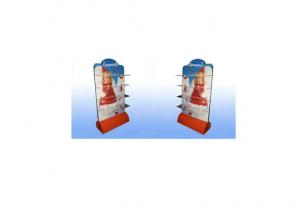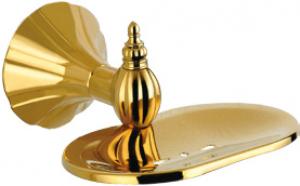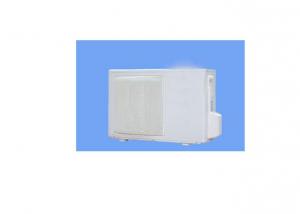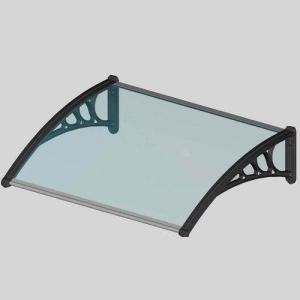Thermoplastic elastomer PVC compound
- Loading Port:
- Shanghai
- Payment Terms:
- TT OR LC
- Min Order Qty:
- -
- Supply Capability:
- 3000 Tons kg/month
OKorder Service Pledge
OKorder Financial Service
You Might Also Like
Thermoplastic elastomer PVC compound
I. Type and application
Type | Product | Application and Cable Specification |
7006N | 70℃Thermoplastic elastomer PVC insulating compound | Insulating compound for flexible, mobile wires and cables of elevator and audio, and etc. |
7026N | 70℃Thermoplastic elastomer PVC jacket compound | Jacket compound for flexible, mobile wires and cables of elevator and audio, and etc. |
7326N | 70℃Flame retardant thermoplastic elastomer PVC jacket compound | Jacket compound for flame retardant, flexible, mobile wires and cables |
9026N | 90℃Thermoplastic elastomer PVC jacket compound | Jacket compound for flexible, mobile wires and cables at 90℃ |
0526N | 105℃Heat resistant thermoplastic elastomer PVC jacket compound | Jacket compound for heat resistant, flexible, mobile wires and cables at 105℃ |
II. Product description
Thermoplastic elastomer PVC compound for wires and cables, based onPVC resin and modified polymer, is made into granula by mixing, plastificationand granulation with adding plasticizer, stabilizing agent, flame retardant andetc. The products meet various special requirements, such as differenthardness, UV stable, environment friend (RoHs, REACH, PAHs, chlorinated alkanesfree, phthalate free, and etc.),sub-shine and fog surface, low temperature resistant, PS/ABS transfer proof,rodent-repellent, termite-repellent, and transparent, and etc.
III. Processing
It is recommended that compound should beprocessed with common extruder having a minimum L/D ratio of 20.
The following temperature(℃)profile of extruder is recommended:
Zone | Zone 1 | zone 2 | Zone 3 | Zone 4 | Head | Die |
Temperature ℃ | 140 | 150 | 160 | 165 | 165 | 165 |
IV. Storage and transport
Packaging:25kg/bag, PE membrane inside bag and Kraft outsidebag.
Storage and transport: Avoiding in directsunlight and weathering. The storage place should be in clean, cool, dry, andventilated conditions.
V. Properties
Table
Item | Unit | Standard Value | ||||
7006N | 7026N | 7326N | 9026N | 0526N | ||
Tensile Strength | ≥ MPa | 12.5 | 12.5 | 12.5 | 12.5 | 12.5 |
Elongation at Break | ≥ % | 300 | 300 | 300 | 300 | 300 |
Impact Brittleness Temperature | ℃ | -30 | -40 | -40 | -40 | -40 |
Volume Resistivity, at 20℃ | ≥Ω﹒m | 1.0×109 | 1.0×108 | 1.0×108 | 1.0×108 | 1.0×108 |
Volume Resistivity, at 70℃ | ≥Ω﹒m | 1.0×107 | - | - | - | - |
Dielectric Strength | ≥ MV/m | 18 | 18 | 18 | 18 | 18 |
Hot Deformation | ≤ % | 60 | 65 | 65 | 65 | 65 |
Thermal Stability Time at 200℃ | ≥ min | 60 | 60 | 60 | 60 | 80 |
Oxygen Index | ≥ | - | - | 26 | - | - |
Thermal Aging |
|
|
|
|
|
|
Aging Temperature | ℃ | 100±2 | 100±2 | 100±2 | 120±2 | 135±2 |
Aging Time | h | 168 | 168 | 168 | 168 | 168 |
Tensile Strength after aging | ≥ MPa | 12.5 | 12.5 | 12.5 | 12.5 | 12.5 |
Variation on Tensile Strength | % | ±20 | ±20 | ±20 | ±20 | ±20 |
Elongation at Break after aging | ≥ % | 300 | 300 | 300 | 300 | 300 |
Variation on Elongation at Break | % | ±20 | ±20 | ±20 | ±20 | ±20 |
Shore Hardness | A | 68±3 | 65±3 | 65±3 | 69±3 | 70±3 |
Elongating Shrinkage | ≤ % | 140 | 140 | 140 | 140 | 140 |
- Q: Can olive nets be used for table olive production?
- Yes, olive nets can be used for table olive production. Olive nets are commonly employed in olive farms to collect table olives during the harvesting process. They are spread under the olive trees to catch the falling fruit, ensuring minimal damage and facilitating efficient collection. Olive nets help maintain the quality of table olives by preventing them from coming into contact with the ground and reducing the risk of contamination.
- Q: Are olive nets resistant to UV radiation?
- Yes, olive nets are typically designed to be resistant to UV radiation. They are made from materials that can withstand prolonged exposure to sunlight without degrading or losing their effectiveness in protecting the olives from UV rays.
- Q: Can olive nets be used in combination with pest monitoring systems?
- Yes, olive nets can be used in combination with pest monitoring systems. The nets can help protect the olive trees from pests while the monitoring systems can detect and track any pest activity, allowing for timely intervention and pest control measures.
- Q: Can olive nets be used in combination with fertilization practices?
- Yes, olive nets can be used in combination with fertilization practices. The nets can protect the olive trees from pests and birds while the fertilization practices ensure optimal growth and productivity.
- Q: How do olive nets affect the overall flavor of the olives?
- Olive nets do not directly affect the overall flavor of the olives. The primary purpose of olive nets is to prevent the olives from falling to the ground during harvesting, ensuring their quality and reducing potential damage. The flavor of olives is primarily influenced by factors such as the olive variety, ripeness, growing conditions, and processing methods.
- Q: Thinner can clean plastic products?
- Although very strong volatile solvent, but some corrosion for mobile phone plastic shell, a stimulating effect on the human skin, can cause chapped skin, it is not recommended to use thinner cleaning.
- Q: How do I clean an olive net?
- To clean an olive net, start by removing any visible debris or leaves from the net. Then, unfold the net and rinse it thoroughly with water to remove dirt and dust. If there are stubborn stains, gently scrub the affected areas with a mild detergent or soap. Rinse the net again and allow it to dry completely before folding and storing it properly.
- Q: What size olive net is suitable for a small olive grove?
- The size of the olive net suitable for a small olive grove would depend on the number of olive trees and their spacing. Generally, a net with dimensions around 4 meters by 4 meters (13 feet by 13 feet) would be appropriate for a small olive grove. However, it is recommended to measure the specific dimensions of the grove and consult with a professional to ensure the right size is chosen.
- Q: How do olive nets prevent damage from extreme temperature fluctuations?
- Olive nets provide a protective layer to the olive trees, shielding them from direct exposure to extreme temperature fluctuations. By covering the trees, the nets create a microclimate that helps regulate the temperature, preventing sudden changes that could cause damage to the trees or the olives.
- Q: How do olive nets protect olives from wind damage?
- Olive nets act as a physical barrier, preventing strong winds from directly hitting the olives. This protects the delicate olive fruits from being knocked off the branches or damaged by the force of the wind, ensuring a higher yield and better quality olives.
Send your message to us
Thermoplastic elastomer PVC compound
- Loading Port:
- Shanghai
- Payment Terms:
- TT OR LC
- Min Order Qty:
- -
- Supply Capability:
- 3000 Tons kg/month
OKorder Service Pledge
OKorder Financial Service
Similar products
Hot products
Hot Searches
Related keywords
